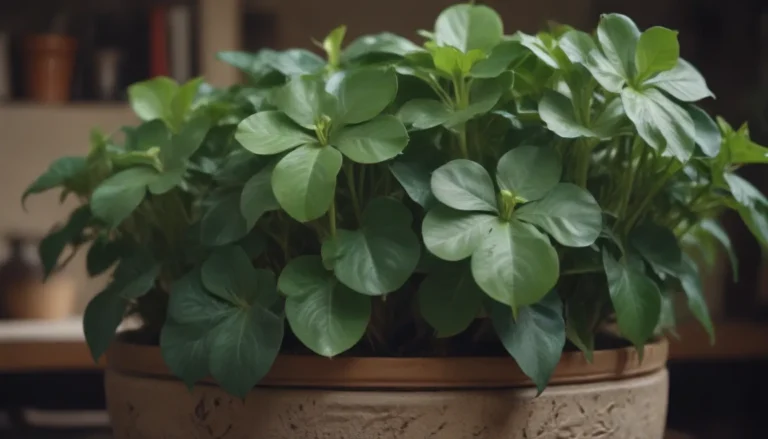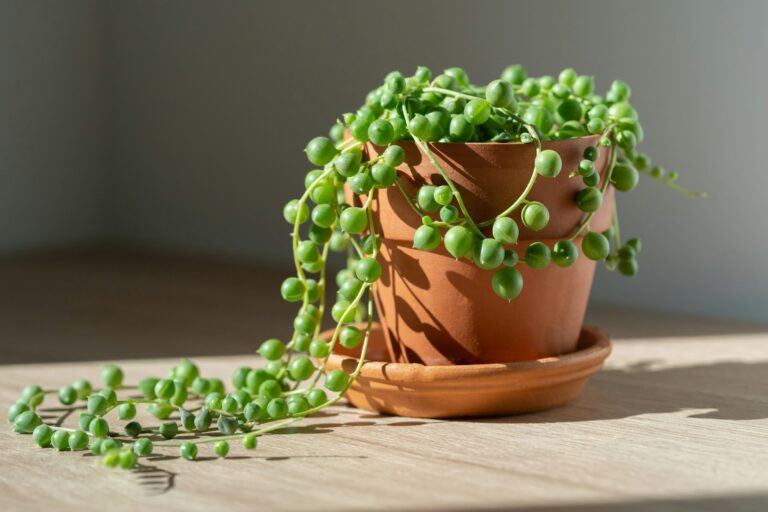Everything You Need to Know to Grow and Care for Hindu Rope Plants

Are you looking to add a unique and eye-catching plant to your indoor garden? The Hindu Rope plant, also known as Hoya compacta, is a fantastic choice. This semi-succulent vine species is loved for its waxy foliage, curly leaves, and beautiful blooms. In this comprehensive guide, we will cover everything you need to know to successfully grow and care for Hindu Rope plants in your home.
Introduction to Hindu Rope Plants
Hindu Rope is a curly-leafed version of the more common Hoya carnosa. This plant is perfect for anyone looking for a low-maintenance houseplant that adds a touch of elegance to their space. With the right care and attention, your Hindu Rope plant will thrive and reward you with its stunning foliage and occasional blooms.
Hindu Rope Care
Like other Hoya species, Hindu Rope plants are relatively easy to care for, but they can be slow-growing. Here are the main care requirements to keep your Hindu Rope plant healthy and vibrant:
- Light: Hindu Rope plants thrive in bright, indirect light. Avoid direct sunlight, as it can scorch the leaves. Aim for at least six hours of indirect light daily.
- Soil: Use a well-draining potting mix that is light and airy. Avoid heavy soil and ensure good drainage by adding perlite and orchid bark to the mix.
- Water: During the active growth period in spring and summer, water your plant when the top few inches of soil are dry. Water deeply but ensure good drainage.
- Temperature and Humidity: Hindu Rope plants prefer warm temperatures above 50 degrees Fahrenheit and high humidity levels. Protect them from sudden temperature changes and consider using a humidifier to increase humidity.
- Fertilizer: Feed your plant with a light dose of fertilizer high in potassium every couple of months during the spring and summer months.
Types of Hindu Rope Plants
There are several cultivars and varieties of Hindu Rope plants available, but the main type is Hoya compacta. Some popular cultivars include:
- **H. compacta ‘Regalis’
- **H. compacta ‘Mauna Loa’
- **H. compacta ‘Jodie’s Silver’
Pruning and Propagating Hindu Rope Plants
To keep your Hindu Rope plant looking its best, prune back leggy stems about once a year in spring. Be careful not to remove the peduncles, as this can prevent flowering in the future. These plants are easily propagated from stem cuttings, making it simple to expand your collection or share with friends.
Potting and Repotting
Hindu Rope plants are slow-growing and prefer to be root-bound, so they do not need frequent repotting. When you do repot, choose a small container with good drainage to prevent overwatering. Signs that your plant needs repotting include rapid drying of the soil after watering and roots blocking drainage holes.
Common Pests and Problems
Hindu Rope plants are generally hardy and not prone to pests. However, stressed plants may attract mealybugs, scale, or aphids. Maintain consistent care and high humidity levels to prevent pest infestations. Waterlogged conditions can lead to root rot and flower drop, so be mindful of your watering routine.
Blooming and Aftercare
Encouraging your Hindu Rope plant to bloom can be a rewarding experience, though it may take some time. Be patient, provide ample light, and avoid overwatering or over-fertilizing. Once your plant blooms, continue caring for it as usual and do not remove the peduncles, as flowers will bloom from them in the future.
Common Problems and Solutions
Yellowing leaves can indicate overwatering or fungal diseases. If your plant wilts, it may be time to repot into a slightly larger container. Hindu Rope plants are slow growers, adding around 6 inches per year, so be patient and allow your plant time to establish itself in its new environment.
In conclusion, Hindu Rope plants are a beautiful addition to any indoor garden, with their unique foliage and occasional blooms. With proper care and attention, your Hindu Rope plant will thrive and bring joy to your space for years to come. Happy gardening!





